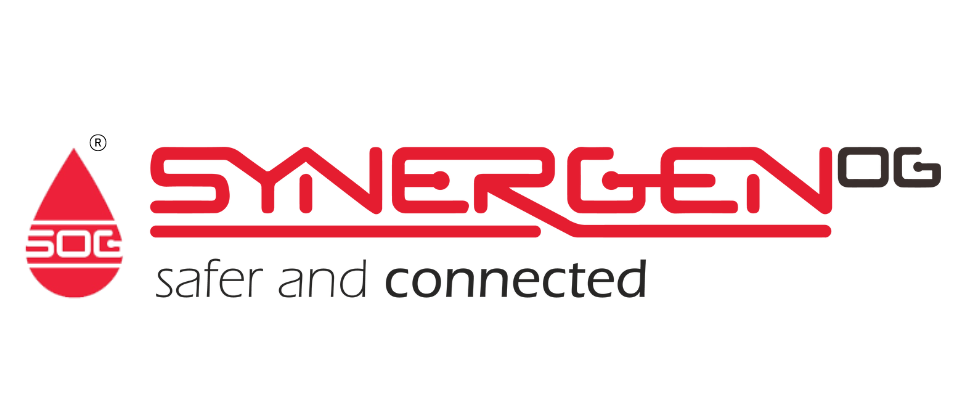Harvard Business Review’s (HBR) article on ‘7 Strategies for Leading a Crisis Driven Re-org’ published recently made me reflect on the Why, What and How questions of our approach to this topic at SynergenOG. I am sure every one of us – from the C-suite executive to the front-line support staff, is experiencing some form of anxiety, uncertainty and perhaps even vulnerability and concern for ourselves, our friends and families in these times.
The COVID-19 pandemic has had far-reaching political, economic and social consequences beyond the spread of the disease and efforts to quarantine it. The impact has forced us to reflect and make hard, necessary changes, on how we conduct our personal and professional lives.
Looking within our organisation at SynergenOG, we have made both good and poor decisions, as we reviewed inconclusive information and at times acted on impulse. Nevertheless, we continue to strive forward.
The following points are my views of how SynergenOG has performed against the HBR proposed strategies in leading a crisis driven re-org particularly in the areas of leadership, monitoring, reporting and communication.
1. Move quickly, but always with a plan.
HBR data documenting over 2500 reorganisations and drawing on 15 years of experience in advising companies on organisational change, indicated that if crisis-driven reorganisation took longer than 6 months, it was significantly more likely to fail. However, moving quickly did not mean rushing ahead without a plan. Data indicated that only a third of companies pursuing a crisis-driven reorg develop a detailed plan; another third had just one milestone that everyone was required to hit; and a final third had no plan whatsoever.
At SynergenOG, we have created milestones and planned outcomes. Being agile, flexible and continuously aware of the business terrain and outlook has been essential in order to pivot when necessary.
2. Analyse your human capital resources.
Following the daunting media headlines during the early stages of the pandemic anticipating economic doom and gloom worldwide, we began to consider lay-offs and budgets cuts (all the conventional tools of drastic cost reduction). After countless nights of deliberation, running scenarios, modelling etc, we decided to stay the course with our management team and staff, and lead the business forward. We worked and continue to work on improving efficiencies, reallocating resources according to project requirements and reassuring our teams.
3. Set differentiated targets and consider making focused investments.
We have reviewed peripheral activities that were previously outsourced and worked to build in-house competencies. We have invested in training and tools to achieve these goals. Selected team members have been tasked with spearheading changes under the supervision of a project leader.
It has required confidence-building and support from senior management to stay the course and ensure resource availability. We have had to be clear about our direction, without wavering or second-guessing to avoid issuing conflicting messages. In managing project deliverable timelines to meet deadlines and develop the necessary communication processes, exploring and identifying critical areas has been a challenge. We have worked to differentiate the ‘noise’ or distractions from the ‘signal’ or essentials of process and communication.
4. Involve your full leadership team.
We are firm believers in involving all team members, including customers and stakeholders, in the reorganisation process. Opening up to new ideas and suggestions from inside and outside the organisation has helped us reduce collective thinking and biases.
All ideas are good – it is the business model that determines if an idea is viable.
5. Allow some flexibility in how the new organisational model is implemented.
We have tried a ’seal-team’ approach with small teams of diverse skill-sets to work on selected projects. Each unit given the task of deciding on the course of project execution. Outcomes determined in advance and any significant variation requiring the team to communicate with their ‘commanding officer’, or ‘CO’. Teams otherwise given full authority to run the ’operation’ as they deemed fit, with ‘CO’s always available for support.
6. Communicate the changes as quickly — and humanely — as possible.
This is important. Constant, transparent and honest communication is critical for any organisation and individual. They are further cemented by actions on the ground rather than mere words. We encouraged and continue to encourage HR and team leaders to have clear and focused communication with members, complemented by regular senior leadership updates. Monthly staff meetings are necessary. Most importantly, the culture of an open-door policy is critical to ensure anyone can approach management with issues any time of the day.
7. Create a positive feedback loop.
We believe cultural issues can be a stumbling block. In some cultures, being able to speak up, provide suggestions etc. are not considered a norm, especially in communication to senior management. As an organisation, we have to continue to encourage feedback, involvement and engagement from all our team members. To do so, we have and continue to create various channels of communication and acknowledge all forms of feedback positively.
In summary, the HBR article has served as a timely reminder for us at SynergenOG to continue to effectively assess organisational changes to be made in these uncertain times. We continue to learn from our peers, the industry and stakeholders from different sectors as well. We aim to work, learn and support each other, as the survival of business entities hinge on accountability and cooperation from every team member in an organisation.
____________________________________________________________________________________
Kadam Balan is a director at SynergenOG who alongside his team worked to adapt operations following effects of the Covid-19 pandemic. His thoughts were inspired by the ‘7 Strategies for Leading a Crisis-Driven Reorg’ article published by Harvard Business Review.

